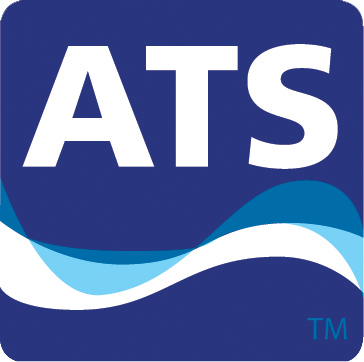Most governments require organizations to be prepared for potential exposure to corrosive chemicals. Decontamination immediately following such exposure to dangerous chemicals is of primary importance, provided no other life-saving intervention is required first. Decontamination is the process of removing or neutralizing contaminants that have accumulated on the clothing, skin, hair or eyes of personnel. According to OSHA (US Department of Labor – Occupational Safety & Health Administration) a decontamination plan should be developed as part of any Site Safety Plan1. The standard which guides many organizations in the required preparations for potential exposure to corrosive chemicals is ANSI Z358.1 (2014). This almost universally-accepted standard provides reasonable and practical standards which, when followed, will ensure that safety shower and eyewash equipment will provide effective treatment for corrosive chemical injuries.
The Showers & Eyebaths Services GMNSS13, offered by Alpine Technical Services, is a 13-nozzle decontamination shower that is designed as a walk-through shower which allows for easy ingress and egress. A compliant eyewash can be added as an option. The GMNSS13 is designed and manufactured to provide superior durability and is suitable for outdoor use. The frame is made from 304 Stainless Steel (optional 316 Stainless Steel) to provide superior strength and corrosion resistance. The sides are offered in clear polycarbonate or colored GRP. The operating valve and shower nozzles are also Stainless Steel.
The product comes with a sturdy, Gritted Floor, which helps prevent users from slipping during treatment. The shower is operated via an easy-to-use Stainless Steel Panic Bar. For convenience, a Stainless Steel Testing Lever allows the shower to be tested without entrance to the shower decontamination area.
These highly effective decontamination showers are self-draining to reduce the risk of freezing or over-heating. This self-draining characteristic also prevents the build-up of dangerous bacteria such as Legionella.
The GMNSS13 can be configured for non-explosive areas as well as for Class 1 Division 1 & 2 classified hazardous areas. It meets or exceeds all standards listed in ANSI Z358.1 (2014) when plumbed to a compliant water source.
Additional optional components include an energy efficient lamp, alarm strobe and siren, remote alarm capability, strip curtains and a pressure reducing valve.
1. https://www.osha.gov/SLTC/hazardouswaste/training/decon.html (Accessed 3/18/15)
